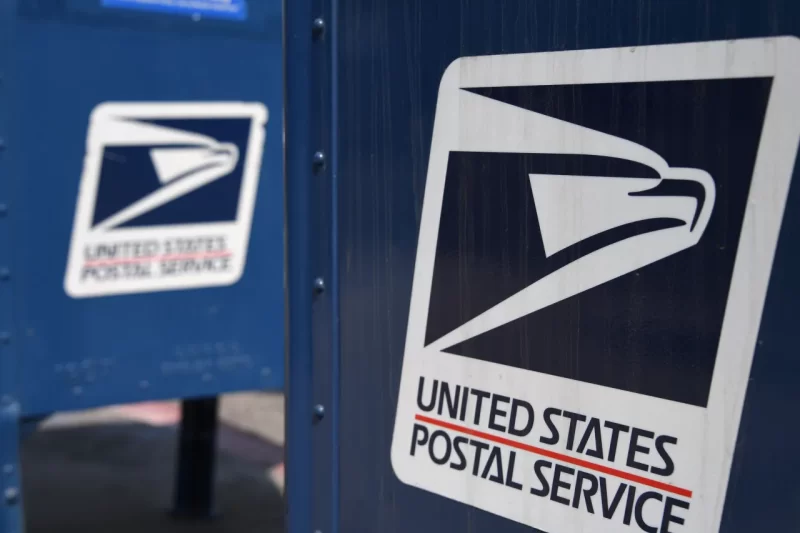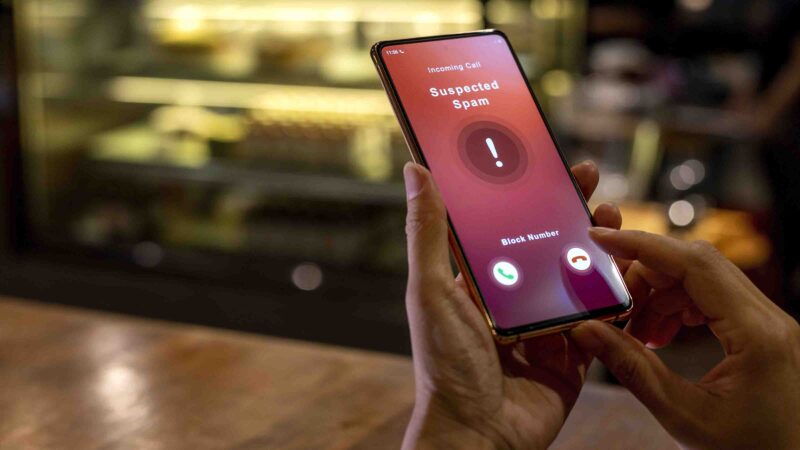In an era where digital communication is prevalent, scammers and cybercriminals have found creative ways to exploit our trust in email and online services. One such scam that has been making the rounds is the US9514901185421 USPS scam email, which involves spammy USPS tracking numbers. In this article, we will shed light on this deceptive scheme, how to recognize it, and provide some frequently asked questions (FAQs) to help you stay safe in the online world.
What is the US9514901185421 USPS Scam Email?
The US9514901185421 USPS scam email is a fraudulent email that impersonates the United States Postal Service (USPS). It is designed to trick recipients into believing that they have a package or delivery issue with USPS. The scam email typically includes a USPS tracking number like “US9514901185421” to make it appear more legitimate.
Scammers use a variety of tactics in these emails, such as urging recipients to click on links or download attachments, which can lead to malware infections or phishing attempts to steal personal information. It’s important to note that the USPS does not send tracking numbers via email unless specifically requested by the sender.
How to Recognize the US9514901185421 USPS Scam Email:
- Check the Sender’s Email Address: Examine the sender’s email address closely. Scammers often use fake or suspicious email addresses that don’t match the USPS domain.
- Beware of Urgent Language: Scam emails often use urgent or threatening language to create a sense of panic. If the email pushes you to take immediate action, be cautious.
- Verify Tracking Numbers: Genuine USPS tracking numbers are typically longer and contain alphabetic characters. The US9514901185421 format is unusual and should raise suspicions.
- Look for Typos and Poor Grammar: Scammers may not pay attention to detail, leading to typos and grammatical errors in their emails.
- Hover Over Links: Before clicking on any links in the email, hover your mouse over them to see the actual web address. Do not click on any suspicious or unfamiliar links.
- Check the USPS Official Website: If you receive such an email, visit the official USPS website separately by typing the URL into your browser and verify any delivery or package issues there.
FAQs about the US9514901185421 USPS Scam Email:
1. What should I do if I receive a suspicious USPS email?
If you receive an email that appears to be a USPS scam, do not click on any links or download any attachments. Delete the email immediately.
2. Is it safe to provide personal information if USPS requests it in an email?
USPS typically does not request personal information via email. If in doubt, contact USPS directly through their official website or customer service phone number.
3. I clicked on a suspicious link. What should I do?
If you mistakenly clicked on a link in a suspicious email, run a full system scan using reliable antivirus software and change your passwords.
4. How can I report a USPS scam email?
Forward the scam email to the USPS at spam@uspis.gov, then delete it from your inbox.
5. Are there any warning signs that can help me identify a phishing email?
Yes, common warning signs include generic greetings, unsolicited requests for personal information, and mismatched URLs in links.
Conclusion:
The US9514901185421 USPS scam email is a cautionary tale about the importance of staying vigilant in the digital age. Scammers will continue to adapt their tactics, but armed with knowledge and a healthy dose of skepticism, you can protect yourself from falling victim to such scams. Always verify the authenticity of emails and think twice before clicking on suspicious links or providing personal information online. Your online safety is paramount.


![6 Effective Methods How to fix [pii_email_e1aa8f4deb45ecd93b2a] Error Code](https://jordandream.com/wp-content/uploads/2021/08/6-Effective-Methods-How-to-fix-pii_email_e1aa8f4deb45ecd93b2a-Error-Code.png)

![[pii_email_a9dda57fd8ece01aa972] Error Solved](https://jordandream.com/wp-content/uploads/2021/08/pii_email_a9dda57fd8ece01aa972-Error-Solved.png)